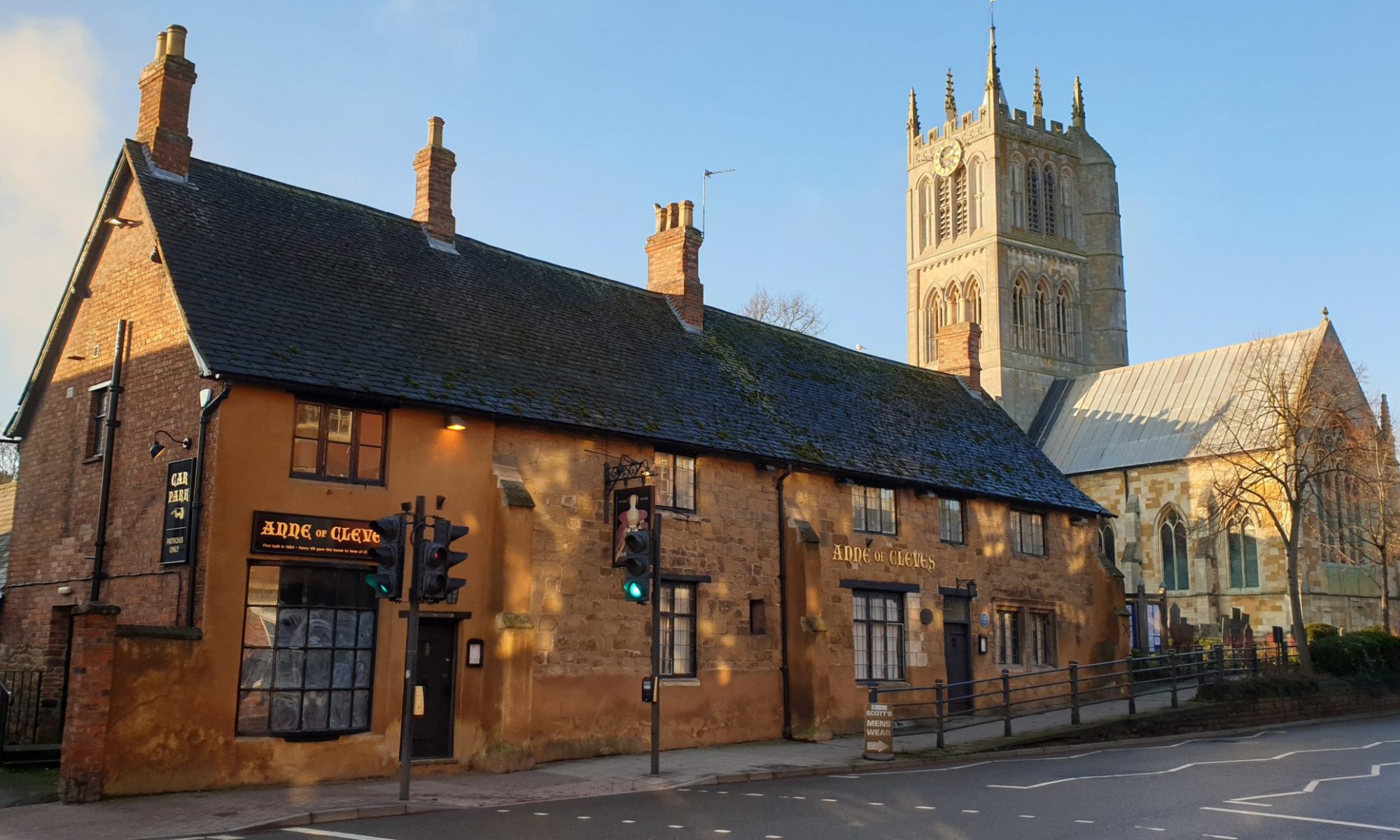In this Bomber County battlefield tour, we will be looking at the role of Bomber Command in the Allied air offensive against Germany. We will look at how their efforts significantly changed the outcome of WWII as well as remembering those who made the ultimate sacrifice.
During World War II, Lincolnshire contained 49 operational airfields, the highest number of any county in England. As a result, the County was referred to as “RAF Lincolnshire” and “Bomber County,” reflecting the presence of numerous Bomber Command squadrons based in the area.
The Allied airmen took the war back to the heart of Nazi Germany with bombing campaigns against strategic targets across Nazi occupied Europe. This tour can be tailored to look at the Dambusters, the Polish Bomber Squadrons or even the Commonwealth Air Forces.
Of the 125,000 Aircrew who served in Bomber Command, 72% were killed, seriously injured or taken Prisoner of War. More than 44% were killed whilst serving, giving the highest rate of attrition of any Allied unit. Each man was a volunteer, and their average age of death was only 23.
Suggested places to visit as part of this Bomber County battlefield tour are:
The Petwood Hotel was used as a military convalescence hospital with several wards and an operating theatre during WW1. At the end of the war, it returned to private use until 1942 when once again it was requisitioned for military use, this time becoming an Officers Mess for 97, 617 £ 619 Squadrons based at nearby RAF Woodhall Spa.
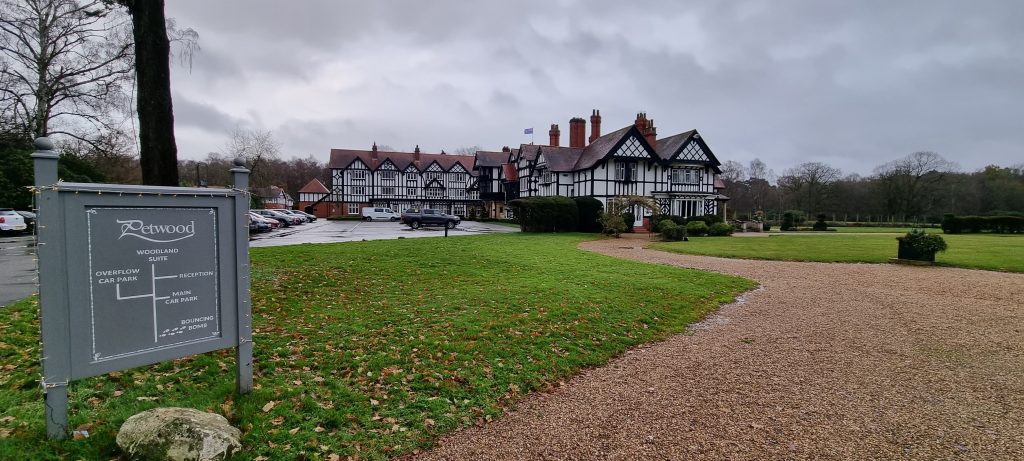
Today, in the hotel’s ‘Squadron’ Bar, you can see documentation and memorabilia connected to the Dams Raid, the sinking of the Tirpitz as well as letters and photographs from connected tot hose who stayed at Petwood.
617 Dambusters Memorial Woodhall Spa. Located in Royal Square, the Dambusters Memorial commemorates members of No. 617 Squadron who lost their lives in World War Two.
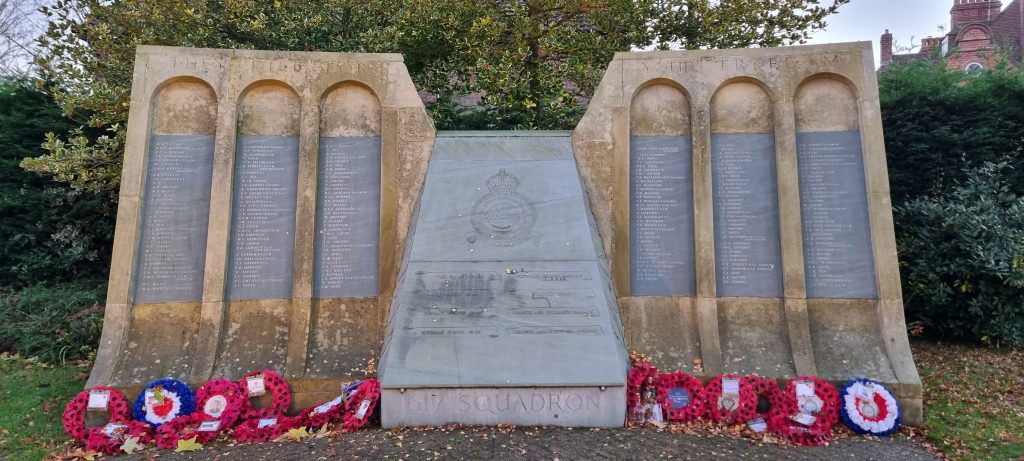

The memorial was erected in 1987 and stands on the site of the former Royal Hydro Hotel and Winter Gardens which were destroyed in a Luftwaffe bombing raid in 1943. Shaped to depict a dam the memorial features a slate slab which represents water flooding through a breach, upon which the Squadron’s crest and battle honours are engraved.
Lincolnshire Aviation Heritage Centre are based on the old wartime airfield of RAF East Kirkby, home to No 57 and 630 bomber Squadrons. At the LAHC, you can experience two of Bomber Commands most famous aircraft, the Avro Lancaster and the De Havilland Mosquito.
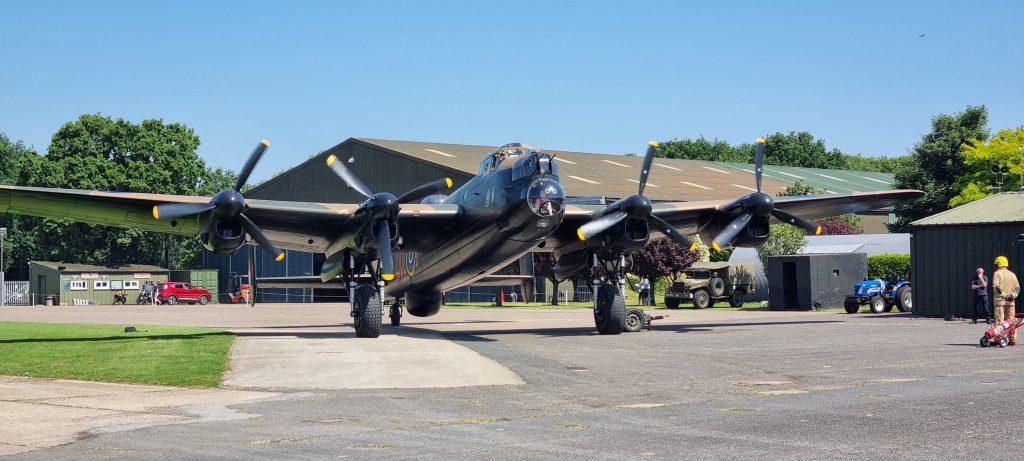
The IX(Bomber) Squadron Memorial at Bardney commemorates all the members of RAF IX Squadron who died during the Second World War. No IX(B) Squadron is the oldest dedicated Bomber Squadron of the Royal Air Force.
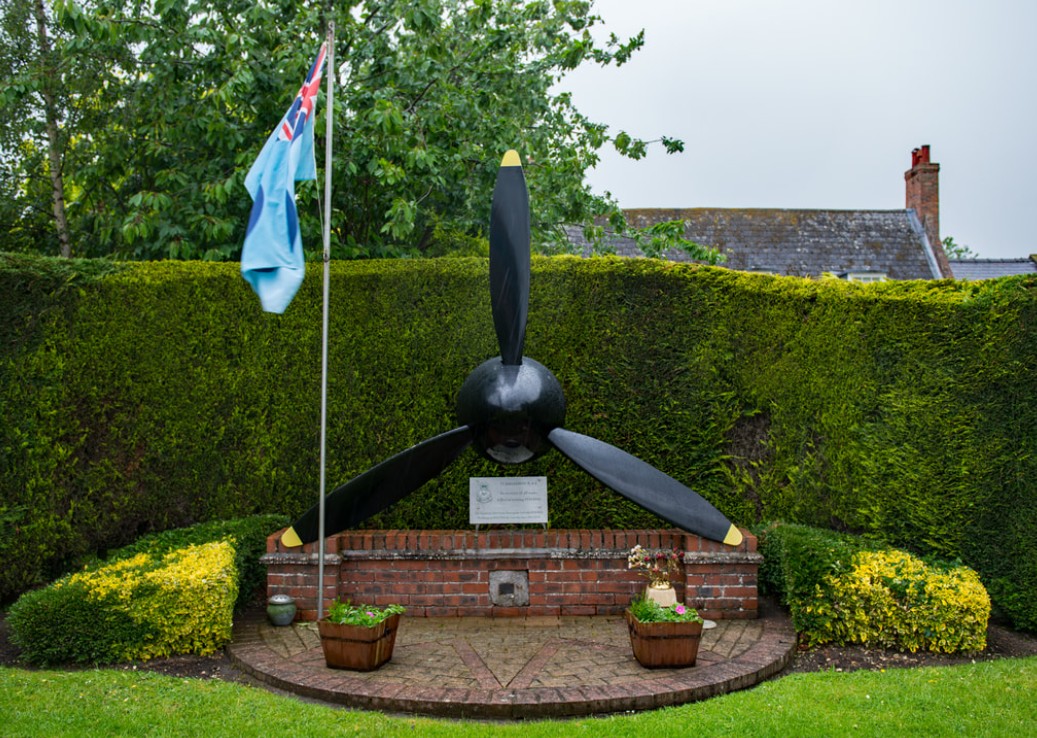
In 1943, the Squadron moved to Bardney and took part in Bomber Command’s strategic offensive against German targets and were one of only two Avro Lancaster units specializing in heavy precision bombing, the other being 617 Dambusters Squadron.
Metheringham Airfield Visitor Centre is located on one of the dispersed sites of RAF Metheringham, home of 106 Squadron.
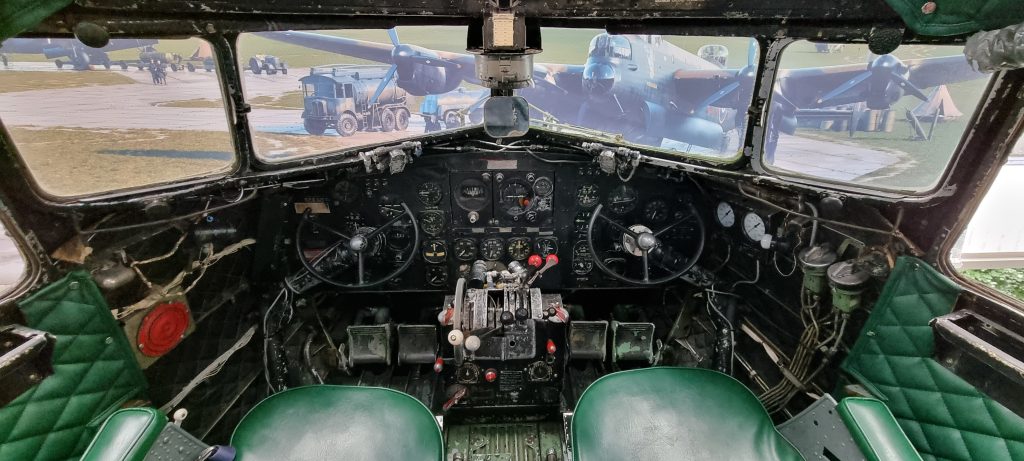
The visitor centre tells their story through displays, information and artefacts that relate to the aircrew and ground staff who flew with and supported 106 Squadron throughout World War 2
RAF Skellingthorpe Memorial ‘Skelly’ as it was known to those who served there was home to 50 & 61 Sqn’s. No 455 Squadron Royal Australian Air Force were also based there for a short period, operating Hampdens, before they moved out to RAF Wigsley.
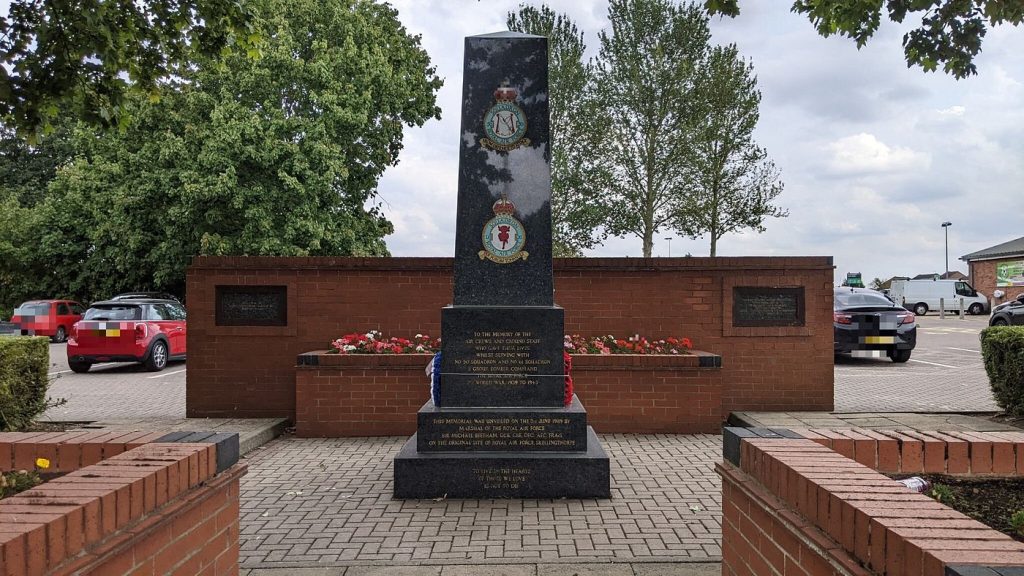
When No’s 50 & 61 Sqn’s moved out to RAF Sturgate in June 1945, No 619 Squadron and No 463 (RAAF) Squadron, supported by 383 MU moved in and were assigned to the Tiger Force, also known as the Very Long Range Bomber Force.
RAF Ingham Heritage Centre is also known as the Polish Bomber Squadrons Centre is located on one of the dispersed sites of the former RAF Ingham or as it was known later towards the end of the war, RAF Cameringham.
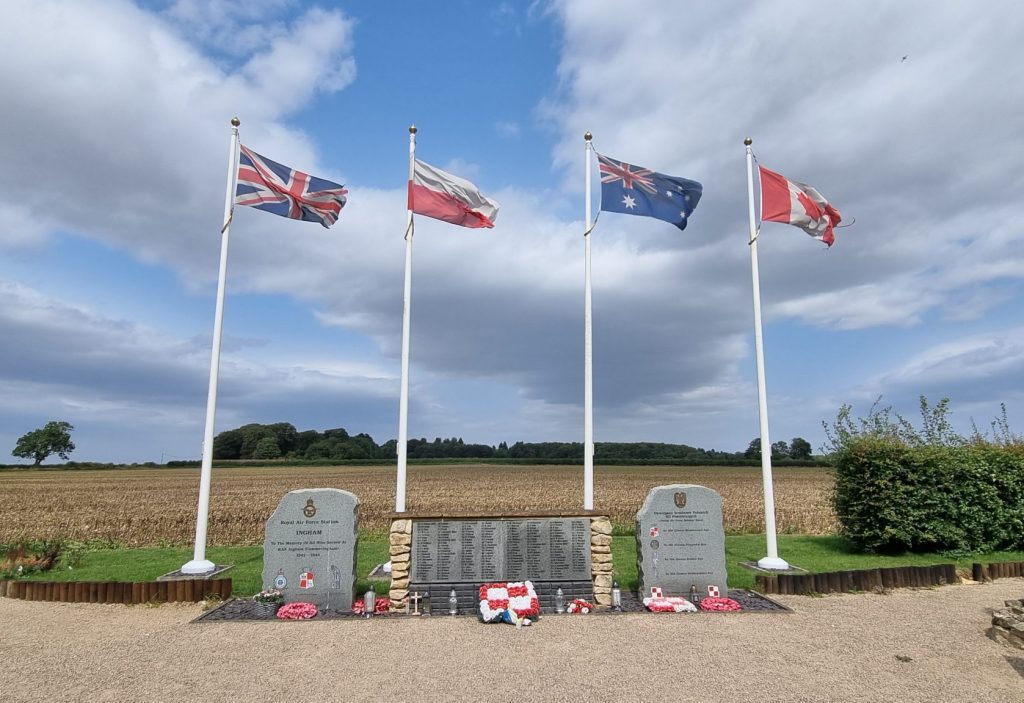
The airfield became the home of two Polish bomber squadrons, No 300 (Ziemi Mazowleckiej) Polish Squadron and No 305 (Ziemi Wielkopolskiej) Polish Squadron as well as the RAF’s No 199 Squadron for a short period in 1943.
The Wickenby Museum is housed in the former control tower/watch office of RAF Wickenby the home of No 12 & 626 Squadron.
Following the end of their bombing missions, the Wickenby Squadrons took part in Operations Manna, the world’s first airborne humanitarian mission, delivering over 7,000 tons of food parcels in 10 days over the west of Holland, where one million people were registered as starving.
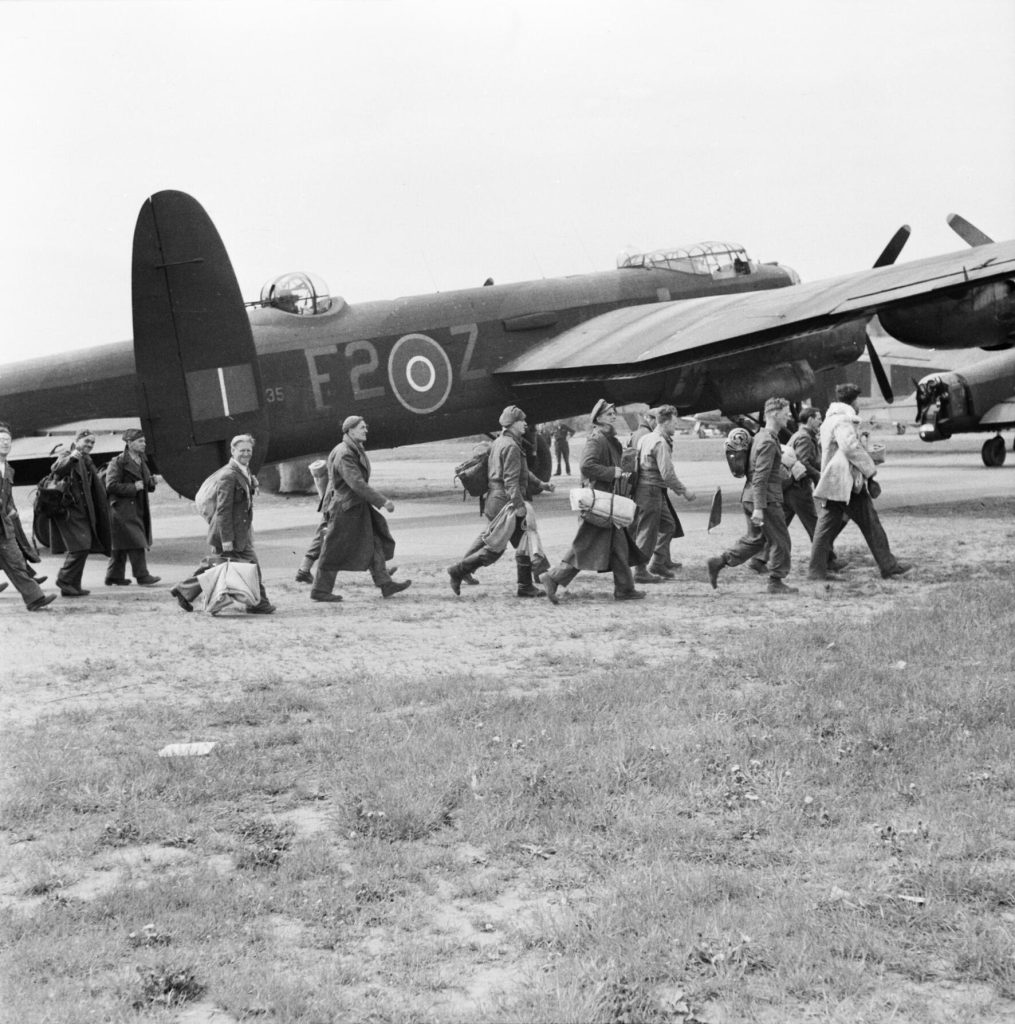
The crews also took part in Operation Exodus with the repatriation of over 70,000 POW’s from internment camps across Europe.
The Thorpe Camp Visitor Centre was formerly part of the No 1 Communal Site at RAF Woodhhall Spa, home to No’s 97, 617 (Dambusters), 619 and 627 Squadrons.
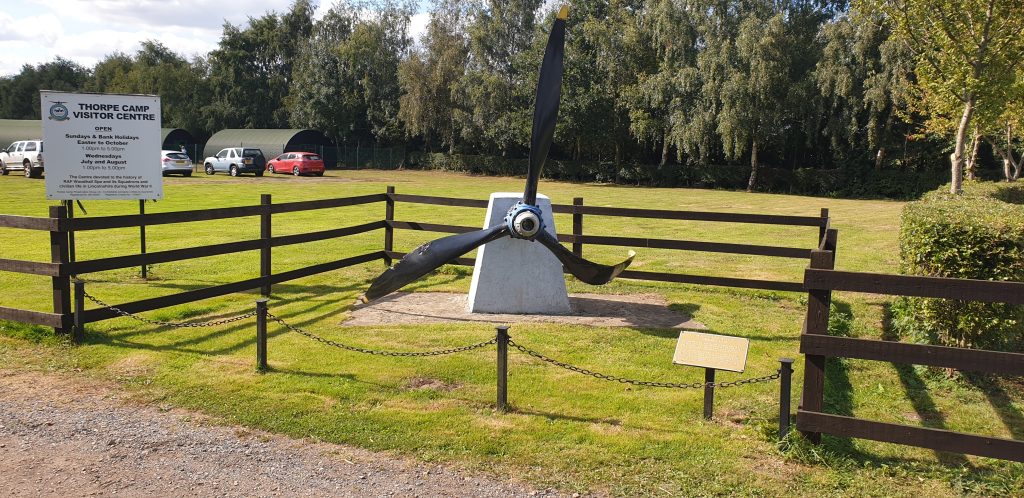
The Blue Bell Inn, situated just down the road from Thorpe Camp was frequented by many an airman and airwoman who were based locally.
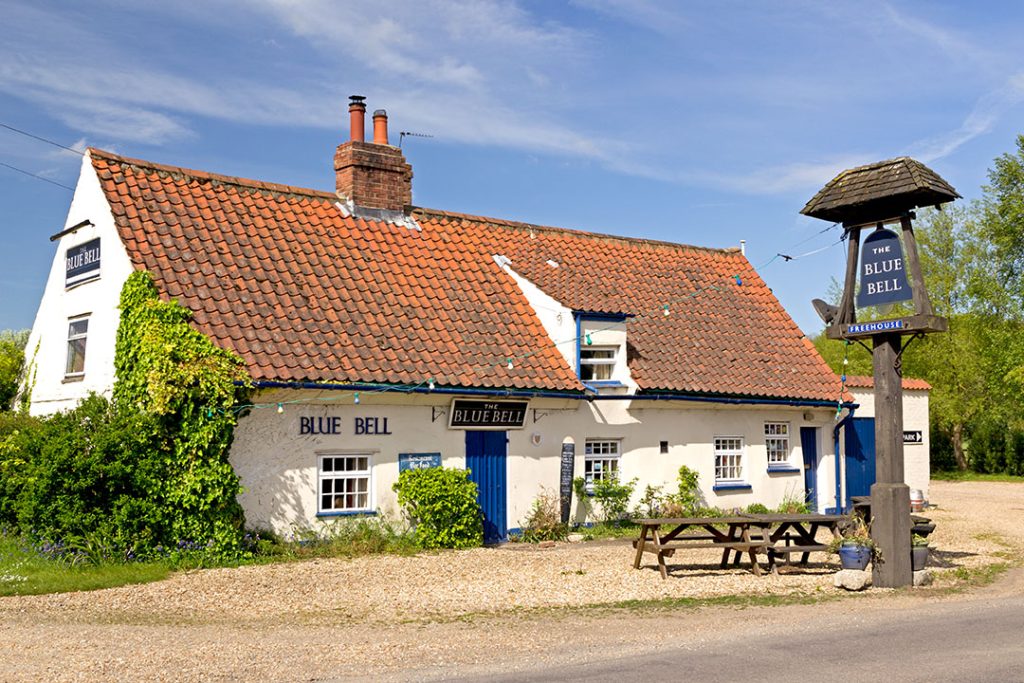
Here as well as enjoying their lovely food and drinks, you can see their signatures on the ceiling and the pennies left in the beams to pay for their next pint that sadly so often never came.
The International Bomber Command Centre is today the UKs tallest war memorial and is set within 10 acres of beautifully landscaped peace gardens where you can remember the men and women who give their lives serving in Bomber Command.
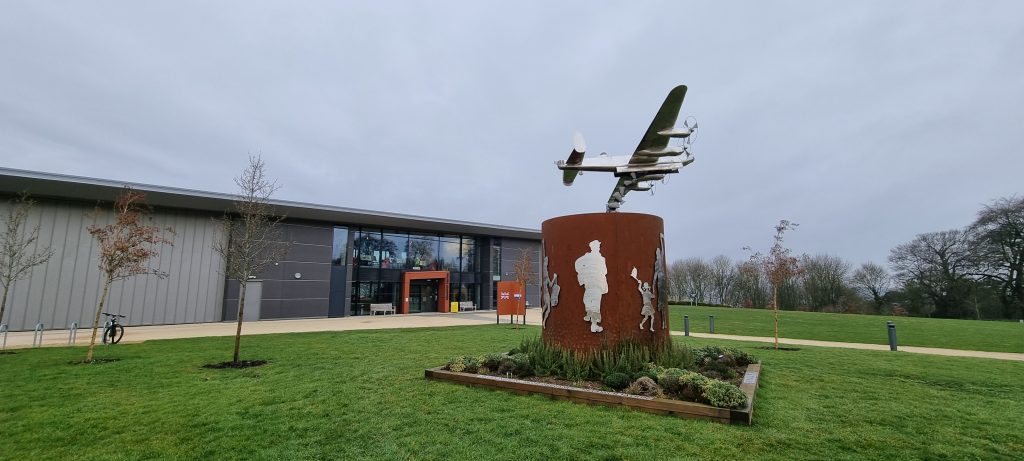
During the Second World War, 57,861 men and women gave their lives whilst serving in or supported Bomber Command. They were united in their efforts to protect the freedom that we enjoy today and came from 62 nations across the world. The service included Aircrew, Ground Crew, Women’s Auxiliary Air Force, Auxiliary Air Transport, Auxiliary Transport Services, NAAFI and many others.
The ancient Lincoln Cathedral served as a sighting point for many aircrew flying from Lincolnshire airfields and the Airmen’s Chapel of St Michael’s within Lincoln Cathedral contains memorial books and stained glass windows in memory of the 25,611 Bomber Command personnel who were killed in action on missions originating from Lincolnshire airfields. This figure includes 1,233 Canadians, 1,140 Australians, 687 Polish Air Force personnel, 200 New Zealanders and 90 Rhodesians.
RAF Hemswell served as a Bomber Command airfield from 1937 to 1957, with most of its operational life during the Second World War. On 19th March 1940 Handley Page Hampdens of No. 61 Squadron RAF were the first Bomber Command aircraft to drop bombs on German soil during the Second World War.
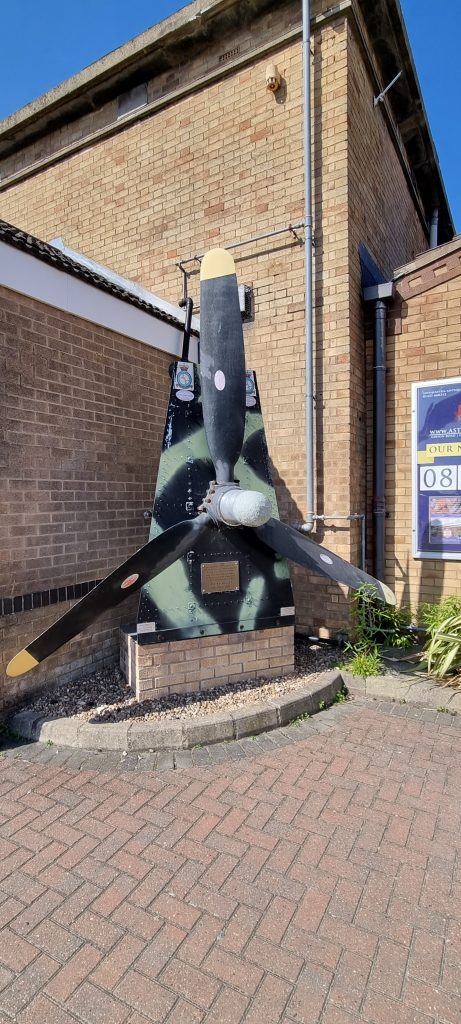
Whether you’re researching an ancestors military journey by following in their footsteps, a military history enthusiast or exploring the subject for the first time, Bomber County battlefield tours are individually tailored to suit your needs.
Each tour day begins at 09:00Hrs at your chosen pick-up point and ends around 17:30Hrs when you will be dropped off back at your chosen location.
Note:
Both the Lancaster and Mosquito regularly perform taxy runs at East Kirby from May – November so if you would like to see and hear the mighty Merlin engines of these WW2 aircraft roar, your tour needs to be carefully planned.
Customers can also book a ride on the Lancaster and Mosquito but spaces are limited and need to be booked months in advance.
Itineraries are subject to change due to operational reasons or museum opening times. Any changes will be advised closer to the time of departure.
Pricing:
There is a flat fee price for 1 to 3 people* for the Bomber County battlefield tour:
1 Day Bomber County battlefield tour: £200
2 Day Bomber County battlefield tour: £350
* For more than 3 people please get in touch to discuss requirements.
What’s included in this Bomber County Battlefield Tour:
Full day private tour including transportation
Free bottled water
Collection & Drop off at chosen location
Battlefield tour handout
What’s not included:
Lunch is not included
Accommodation
Museum admissions
HistoryFare’s Accessibility Promise
HistoryFare is committed to making travel more inclusive for everyone.
Clear, honest information about accessibility is provided wherever required.
The guided walks are designed to provide a step free access or alternative locations to ensure all points of interest can be enjoyed by all wherever possible.
Flexible travel options to suit different transport needs can be arranged on request.
Parking facilities, step-free access, senior-friendly routes, and accessible attractions are all taken into consideration when developing a HistoryFare guided tour.
We listen to customers feedback and continuously improve our services to better serve all travellers.
If you have a question about accessibility issues, then please get in touch to see how we can help.
Explore in confidence with HistoryFare.
Mobility Hire
If you need to hire a mobility scooter or a wheel chair to enable you to access HistoryFare Tours, these are available for hire from ShopMobility Melton Mowbray, subject to a small hire charge and availablity. Please visit their website for contact details.
Booking indicates your acceptance of our Standard Terms and Conditions
To enquire about the Bomber County battlefield tour, please get in touch by completing the HistoryFare Contact form fields below.
